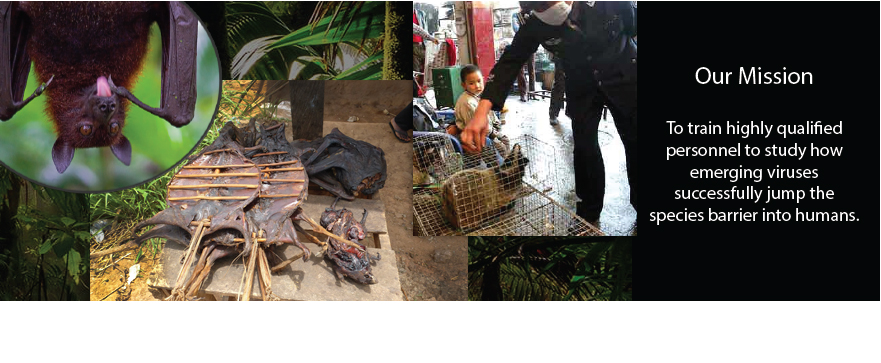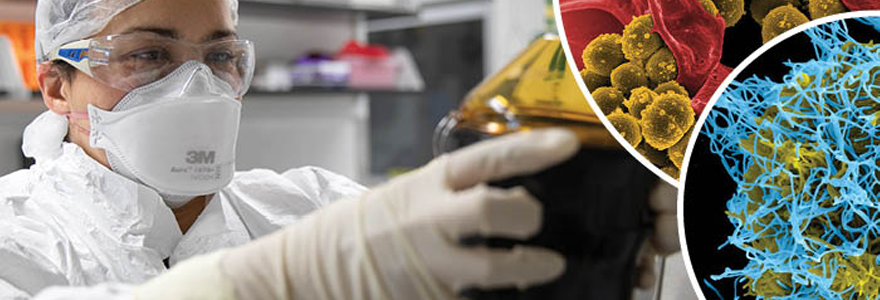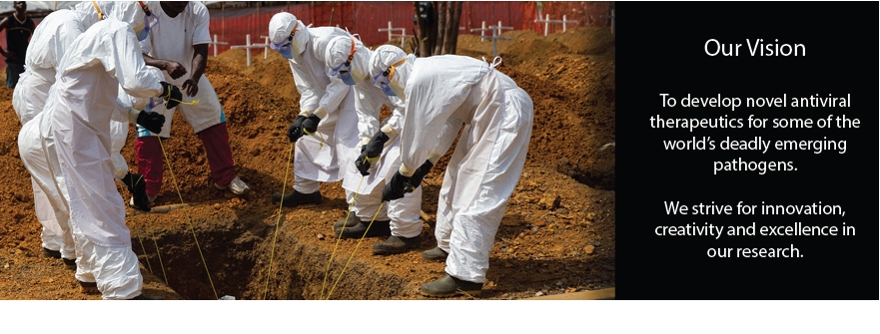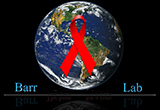About Us
The Barr Laboratory aims to better understand the complex virus-host interactions of emerging viral pathogens. We study Containment Level 2 and Level 3 viruses such as HIV, Ebola-like viruses, West Nile virus, and the recent newcomer SARS-related coronavirus 2, which causes the disease COVID-19. Our new state-of-the-art ImPaKT Facility features barrier-enclosed imaging scanners and instrumentation that will allow us to develop tools and methods to better understand the progression of emerging infectious diseases, identify novel antiviral agents, develop diagnostic reagents to characterize hidden reservoirs of pathogens, and for the early and accurate detection of infections.

One area of focus of our laboratory is in learning how the human interferon response, touted as the first line of defence against all viruses, responds to these pathogens. The ability of these pathogens to overcome this antiviral defence is a critical requirement for viruses to jump the species barrier and maintain themselves in the human population. We discovered two novel antiviral proteins called TRIM22 and HERC5 that are produced in high abundance during the interferon response and are capable of blocking various steps of the life cycle of a variety of viruses. We use molecular, biochemical, genetic and evolutionary approaches to characterize the mechanisms underlying these activities and how emerging viruses evade them.

Another area of focus of our laboratory is in learning how emerging viruses sustain themselves in the human population. Most newly emerging viruses cross the species barrier armed with a strong defence against our immune system, but this defence is typically not effective in the long-term because the virus kills its host too rapidly or the human immune response, with or without medical interventions, can overcome the infection. Other viruses can out smart their host by making themselves a part of its host, like HIV does when it permanently inserts its genetic blueprints into our own DNA. We use a variety of molecular biology and bioinformatics approaches to better understand how viruses like HIV insert themselves into our DNA and why they insert themselves at defined places in our DNA. A better understanding of these mechanisms will help us design ways to eliminate these infected cells, which is one of the biggest obstacles in curing AIDS.







